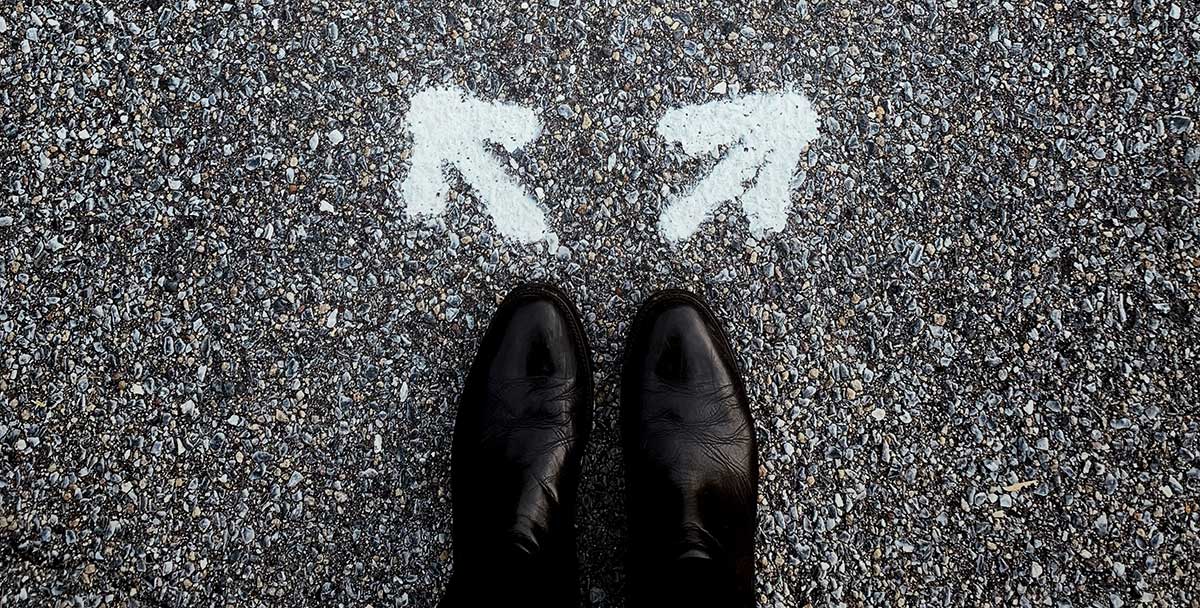Recently I listened to an intriguing loyalty webinar from The Wise Marketer called, “What Happens Now”. It featured Emily Collins, Senior Analyst at Forrester. She touched on several key points, but her overarching message boiled down to this: Loyalty Matters Now More Than Ever.
Emily said, “The power of information has really shifted from institutions to consumers.”
That’s absolutely true. Technology has changed how people and consumers live, work, and spend their money. Because of this shift towards consumer empowerment and rising expectations, a call to action for marketers is clear:
Loyalty matters now more than ever.
We’re in The Age of the Customer
Various factors have conspired to create a highly favorable setting for the consumer.
Consumers are empowered and connected and armed with more choices than ever before. They have a plethora of information at their fingertips about pricing, products, and competitors than even the brands do. The empowered consumer’s expectations have started to push the integration of the digital and physical worlds.
“Digital technology has started to transform the shopping experience,” Emily said.
She noted that nearly half of the $3.4 trillion retail market is influenced by digital. Consumers are empowered and entitled, and purchases are influenced by digital interactions.
“What we see is in the Age of the Customer smart companies will develop better understandings of their own customers’ motivations and expectations and invest in the tools that will save customers time and effort,” Emily said.
In other words, retailers really need to focus on their customers and solve for their customers problems, not their own.
Retailers need to put the customer back in customer loyalty programs.
Loyalty Programs Influence Purchase Behavior
Emily noted in the webinar that 85 percent of U.S. online adults belong to at least one loyalty program. And, on average, they belong to four programs. There were also some other interesting statistics to support her point that loyalty programs influence customer purchase behavior:
- 66 percent say loyalty programs save them money
- 51 percent say loyalty programs influence where they purchase
- 41 percent of loyalty programs make them feel more loyal to the brand
“Loyalty programs allow people to raise their hands and say they want to be acknowledged for being loyal,” Emily said. “Program mechanics still focus heavily on behavioral loyalty at the expense of emotional loyalty.”
It’s not enough to simply put a traditional, run of the mill loyalty program in place. Most loyalty programs are still the same. They still rely purely on transactional tactics like points and discounts. These are only rational benefits, but customers today demand more.
See what a modern loyalty program looks like in the age of the customer.
Emotional Connections are Key to Building Lasting Relationships
Emotion is one of the strongest unique drivers of loyalty metrics, and is directly tied to retention, enrichment, and advocacy.
Emily mentioned in the webinar that 87 percent of loyalty marketers use loyalty currency and 63 percent use instant discounts or cash back in their programs. But, less than half of loyalty marketers use experiential benefits or personalization of offers and interactions.
“This is a problem because emotional connections are key to building lasting relationships with customers,” she said.
Positive emotions earn loyalty: Customers want to feel valued, appreciated, and confident. Negative emotions erode it: Customers don’t want to feel annoyed, disappointed, or frustrated.
In digital retail, among customers who feel valued, Emily noted that:
- 92 percent plan to stay with the brand
- 88 percent plan to increase their spending with the brand
- 91 percent will advocate for the brand
“Building emotional loyalty helps bridge the gap between transactional and true loyalty,” Emily said.
So, while customers still do enjoy rational benefits like discounts and free shipping, it takes more than that to really make that connection with them. In order to keep them engaged, retailers have to give them an experience they can’t get anywhere else. They need to feel valued.
Customer Understanding Guides Execution
Emily said that marketers should ask themselves the following four questions to help guide their customer loyalty efforts:
- What makes your customers loyal?
- What will motivate them and make them feel valued?
- What are their expectations?
- What types of benefits and offers will they value?
“Marketers collect a lot of data, but struggle to apply it,” Emily said. “Loyalty programs give you access to some of your most engaged customers. For example, Choice Hotels leverages loyalty insights to target high-value customers.”
While brands are piloting and planning to use intelligent agents, Emily said that “technology is the last, not the first, step.”
It all comes back to putting your customers at the center of your loyalty efforts. Focus on getteing to know your customers first, and then figure out how to build the technology to solve for their paint points.
It Starts With Your Customers
Since the power has shifted from marketers to consumers, listening to and understanding your customers is the most important thing a brand can do to develop true and lasting loyalty.
Emily offered this checklist for brand officials as they pursue sustainable customer loyalty:
- People: Understand your audience.
- Objective: Articulate your business goals.
- Strategy: Specify the tactics you want to pursue.
- Technology: Pick the technology you need to execute on the strategy.
“You really have to start with your audience, understanding your customers,” she said. “Give privacy-aware consumers a reason to engage.”
She could not be more correct. A successful loyalty program starts with your customers, not with tools and technology. Once your understand what your customers need, only then can you develop a plan and build the technology to build lasting relationships with them.
Does your brand follow a similar path toward gaining true customer loyalty?
This content is sponsored by Clarus Commerce. To learn more about Clarus, please visit them here.


